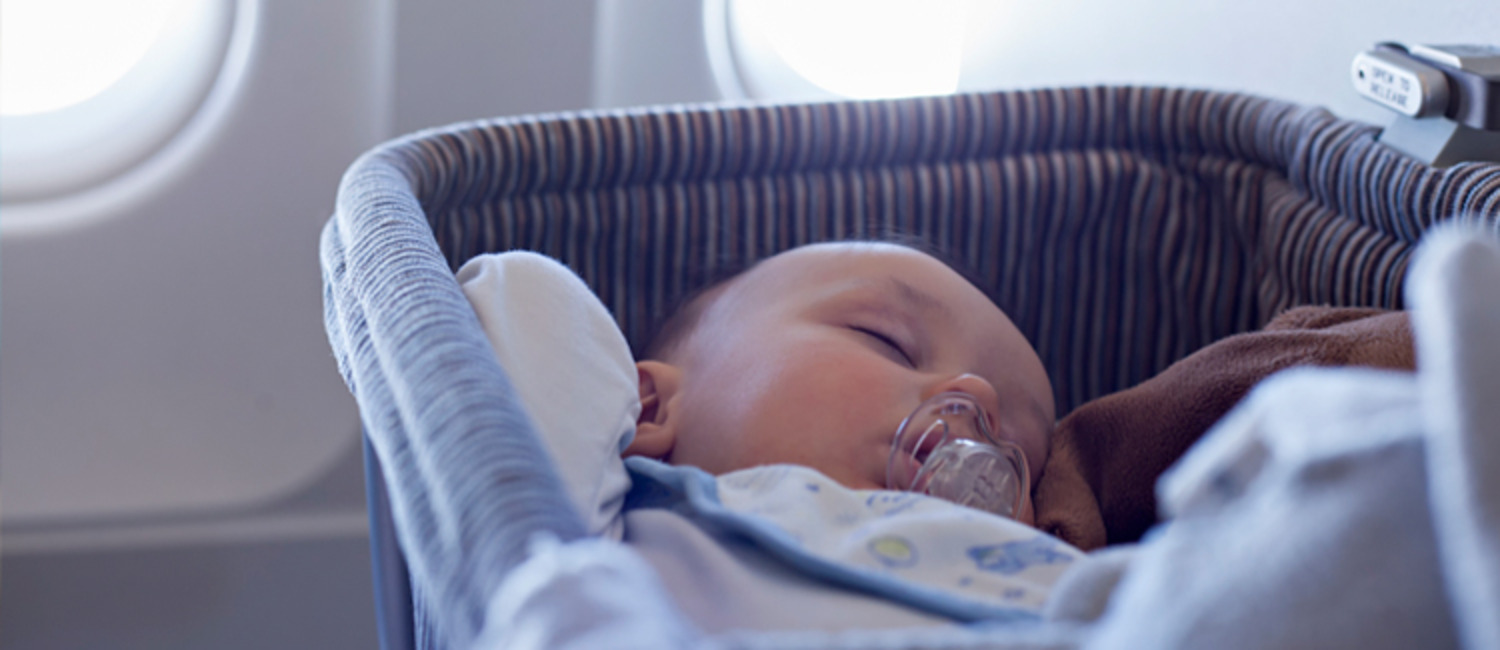
Flying With Children? Check Out These 10 Tips First!
Flying with infants and children can be a daunting task to many parents and caregivers, but it doesn’t have to be. Here are 10 tips to see that your trip goes smoothly.
Prepare
1. Contact your airline ahead of time to find out what requirements it has for traveling with infants and children
Perhaps the hardest or scariest part of traveling for children is going through security. Talk to your children about the process that will take place. They might not want to give up their toys so that they can be screened. Inform them that they will get their things back on the other side.
Also, parents or guardians and their children must walk through the metal detectors separately, which can cause some anxiety as well. Let them know that you are not going to be out of their sight. Be sure to check with the airport you’re travelling out of— many airports have different security lines for the elderly and family.
The TSA provides guidelines for bringing breast milk, formula, and other liquids through security. Take the time to read about what is allowed and what kinds of questions the security personnel may ask.
2. Talk about traveling with your children before your trip
There are children’s books that you can check out from the library. Make the idea of going on an airplane a happy one. Point out planes in the sky and on TV. Talk about where you think those people are going and your upcoming trip.
Settle Down, Settle In
3. Walk around before getting on the plane
Once you make it through security and find your gate, try to get in some exercise. Now is a good time to go find the restrooms. Depending on how much time you have before you board, walk up and down the terminal.
4. Bring the car seat your child uses regularly
While the FAA provides guidelines for flying with children regarding car seats and carriers, having a familiar seat can add comfort in an otherwise new or even scary situation. Additionally, you don’t need to buy a special stroller just for your trip. Many parents feel that they need to purchase something as small and simple as possible, but this isn’t necessary. Bring the stroller that you will need once you arrive at your destination, and consider taking off any attachments that you don’t need.
5. Walk after getting on the plane
If it’s a longer flight, walking up and down the aisle with your child may be an option. Exercise is not only good for your health, but it will help use up some of the child’s energy.
6. Seat your child in the middle seat or at the window
If you have the entire row, seat your children on the inside — either by the window or in the middle if you are traveling with another adult. This way, you will know if they try to climb over you to get out, and they won’t accidentally get hit by anyone walking up the aisle. It will also be a smoother ride if you can create a contained space for you and your children.
Distract
7. Bring snacks and meals
If your children’s normal meal time will occur during the flight, bring a meal for them. Try to maintain a normal schedule. The day’s schedule may be different, but your little ones’ stomachs won’t be. In addition to satisfying a craving, snacks can also be a good form of distraction. Consider packing a treat that your child doesn’t usually get to have for a special reward for good behavior.
8. Bring activities to do
Bring along coloring books and crayons, small toys and activity books. You might want to pack a bag that can’t be opened until you’re off the ground to build excitement. If your children are old enough, they may want to decide what to bring, but whatever the case, make sure that you bring activities to keep your kids occupied.
9. Bring something to watch or listen to
A lot of parents and caregivers find that providing something for their children to watch can be extremely helpful in maintaining their attention. Consider bringing a tablet that can be put into airplane mode with some comfy headphones (not earbuds). Load shows or movies ahead of time to ensure that you won’t run into problems once you’re in the air. Some airlines do have TVs on the back of the seats, so call ahead to see what your options are.
Ears
10. Combat little ears popping with drinking and chewing
The pressure and ear popping your little ones may experience can be uncomfortable and unnerving, especially if they can’t understand why their hearing has changed or how to make it go back to normal. Try feeding your baby or have her suck on a pacifier during landing. You may not want your children to chew gum, but you can provide chewy snacks for them. This might serve as a treat as well — knowing that they will get something special for take-off and landing.
Conclusion
When discussing flying and traveling with your children, remain calm and nonchalant about it. You don’t want to raise their anxiety levels and cause undue stress. You may find yourself feeling stressed about your upcoming trip, but try to think about how very little of your trip will actually be spent on the plane.
Hand Picked Related Articles
Need a Sitter?
Sitter.com is an online community connecting parents with a nationwide network of sitters, child care providers and nannies for hire, offering the opportunity to find the care that best matches their specific needs.
Need a Sitter Job?
Quickly and easily find a nanny, babysitter and child care jobs in your area, anywhere in the United States and Canada.